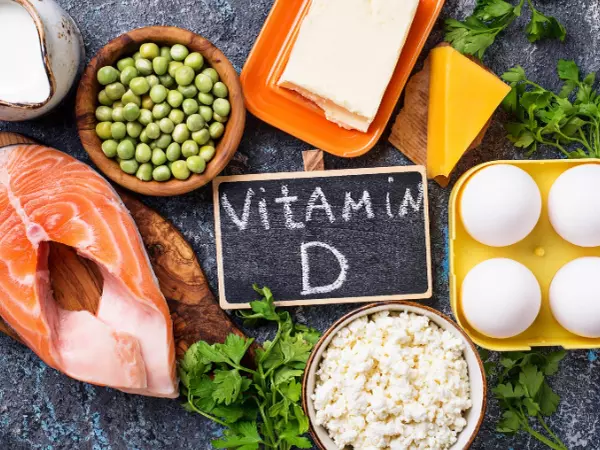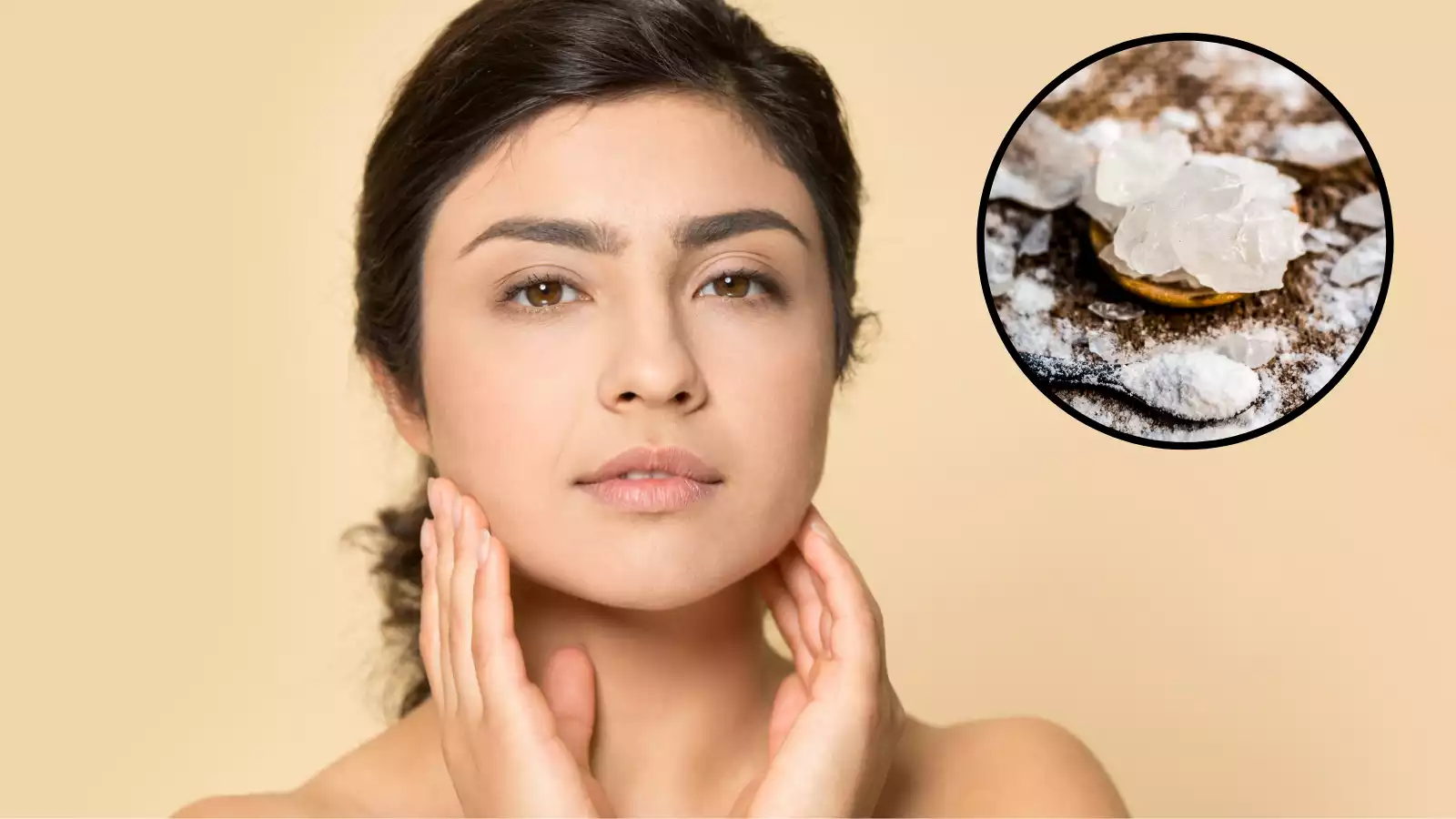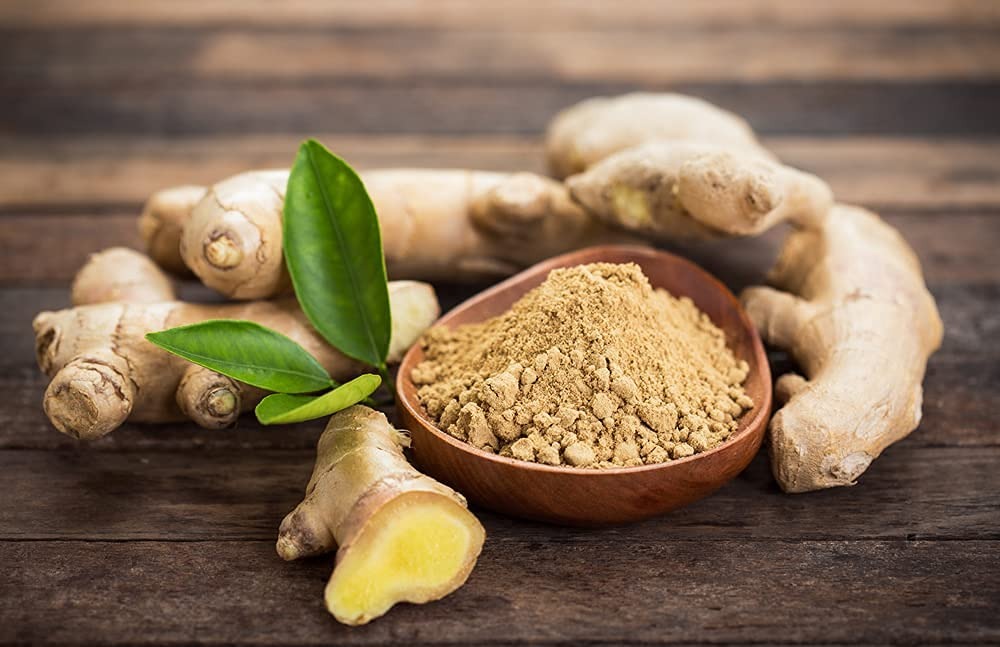Vitamin D: types of Vitamin D and its benefits for the body
What are the types of Vitamin D? Vitamin D is considered one of the essential nutrients the human body. Vitamin D supports maintaining good health, brain functioning, and even strong bones. Besides that, it helps prevent cancers from being caused by some problems in it. In addition, it makes bones and muscles powerfully hard. As it is deficient, the body becomes weak. Some people become victims to depression also. So, today, let us know the different types of vitamin D available and their benefits to the human body.
In Short :
| What Is Vitamin D2? |
| Sources of Vitamin D2 (for vegetarians) |
| What Is Vitamin D3? |
| Sources of Vitamin D3 (for meat-eaters) |
| Principal sources of Vitamin D |
| Which vitamin D is better, D2 or D3? |
What Is Vitamin D2?
- Also known as ergocalciferol.
- A form of vitamin D from plants and fungi.
- Forms when ergosterol in plants is exposed to UV radiation.
- Commonly found in fortified foods like dairy and cereals.
Sources of Vitamin D2 (for vegetarians):
It is present in several plant species. Thus, it is there in foods like mushrooms, nuts, almonds, soy milk, orange juice, cereals, and foods cooked in the sun. Similarly, ultraviolet rays of the sun produce vitamin D2 in the fruits of the plant species.
What Is Vitamin D3?
- Also known as cholecalciferol.
- A form of vitamin D derived from animals.
- Forms when skin exposed to UV radiation.
- Found naturally in fish and egg yolks.
Sources of Vitamin D3 (for meat-eaters):
Vitamin D3 is found in animal products like eggs, fish, fish oil, milk, yogurt, butter, and dairy products.
Principal sources of Vitamin D:
Sunlight is the most effective source of vitamin D. This UV light reacts with the skin’s dehydrocholesterol to produce vitamin D3.
Which vitamin D is better, D2 or D3?
Vitamin D3 is more effective in raising vitamin D levels for longer than vitamin D2, which is derived from plants, making vitamin D2 a better choice for those preferring a plant-based product.
ALSO READ: Vitamin D deficiency symptoms





